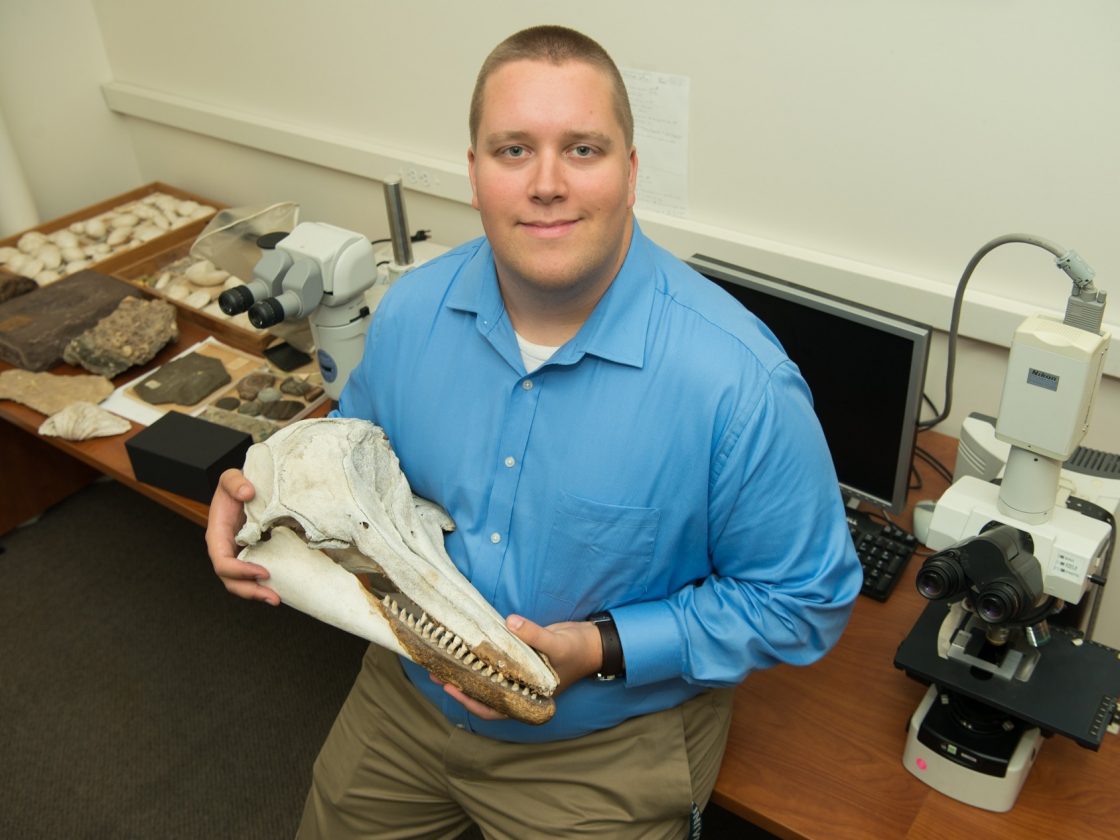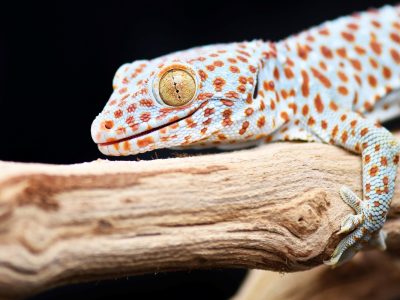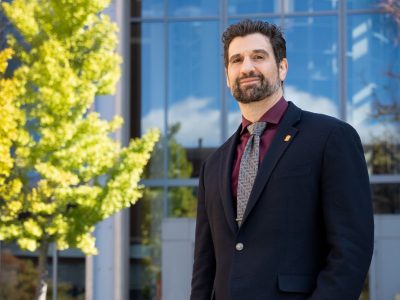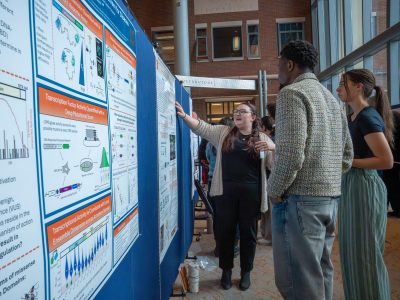Paleontologists examine fossils to gauge the evolution of ancient plants and animals and adaptations in their environments. Longtime computational paleobiologist William Gearty believes that, in today’s era of fast-paced computing and complex artificial intelligence analysis, the computing tools and tactics researchers use to document findings shouldn’t be stuck in the “Stone Age.”

So Gearty, who last fall joined the Open Source Program Office (OSPO) in the University’s Office of Research as a postdoctoral researcher, developed a new, user-friendly application to streamline data documentation and analysis in paleontology.
The app, “Paleopal” (pronounced PAY-lee-oh-pal), facilitates easier and faster replication and sharing of information among paleontological researchers, and also helps them use data science tools to create workflows even if they don’t have technical skills such as programming.
Paleopal is an easy-to-use, browser-based web tool that bridges graphically oriented tools (such as Excel) and more code-based tactics, transitioning traditional visual data processing into code-based workflows. It helps scientists organize and analyze fossil data more efficiently and with greater consistency, providing an easier way to reproduce workflow results reliably and repeatedly. It is available online and its source code is accessible via GitHub.
As researchers use Paleopal, they can see results onscreen in real time alongside the accompanying programming code. The benefit is that the information is immediately downloadable, fully reproducible and readily shareable as open source for the research community.
Code By Osmosis
“The idea is that someone can build a workflow as they normally would in a way that is familiar, yet unbeknownst to them, the app is teaching them how to do it in code language through a little bit of osmosis,” says Gearty, who is also a research software engineer and open scientist.
Gearty hopes Paleopal will make fossil research more accessible, reproducible and modern so more people can learn, explore and contribute to the science of ancient life. “I realized quite a few people are still using entirely graphically based workflows, but those offer no reproducibility. My hope is that teaching people to work differently results in a better way to share information. Having workflows exist in code does that, because the computer reads the code and carries out instructions. This app bridges the two camps, bringing people from a graphical interface mindset to a coding mindset as gracefully and gently as possible.”
Gearty believes Paleopal will modernize and improve paleontological research output. For the short term, the app helps achieve broader instruction on transitioning from the current mindset for research tool use to one that’s more coding-based, he says. “In the longer term, I really want to see the entire paleontological field shift away from graphically oriented tools to operating more as open-source science. This app would be a small part of that.”
That shift would make the field stronger as a science and will “help everyone be more collaborative and make research more transparent. I’d love to see more transparency in research data overall and in museum offerings because that would take some of the mystery out of how researchers arrive at findings. It would also make paleontology research faster because we would not have to reinvent the wheel every time.”
User Testing Wanted
Gearty now hopes more researchers will try the app and offer feedback he can use to refine its features, such as adding plotting tools and new ways to clean data. There is wider potential for the app across other disciplines, too, because its modular components can be adjusted for use in fields such as finance, social science, biology and ecology.
“I think we’re seeing this kind of paradigm shift in a lot of fields right now, and the potential ripple effect would be quite beneficial,” he says. “The idea of teaching people to code is really important in the new era we’re in with artificial intelligence and other advances in computing. Coding may be important to obtain a job and to do that job in the future. This is really about teaching this mindset shift and trying to teach as many people as possible how to code and how to produce reproducible workflows.”



